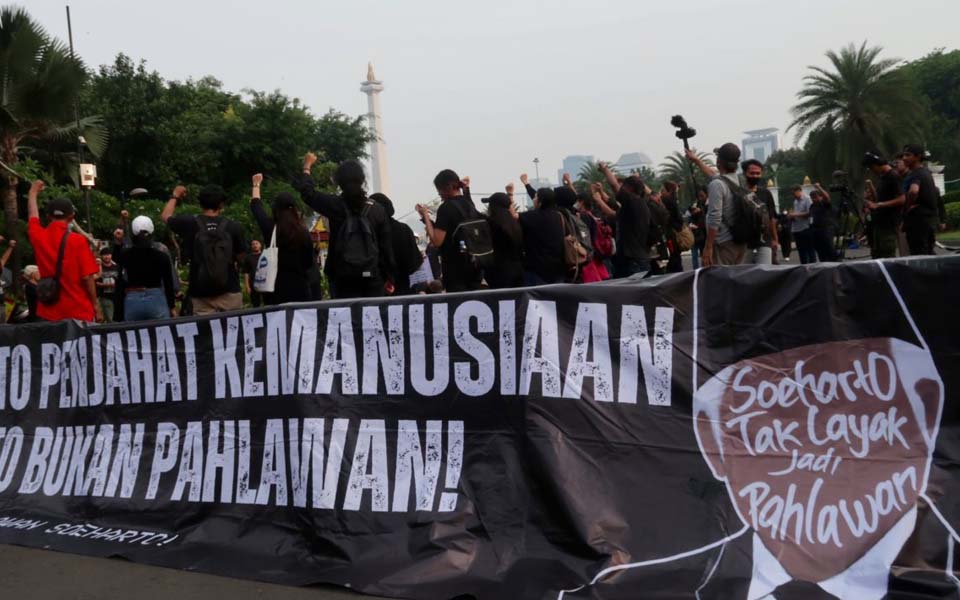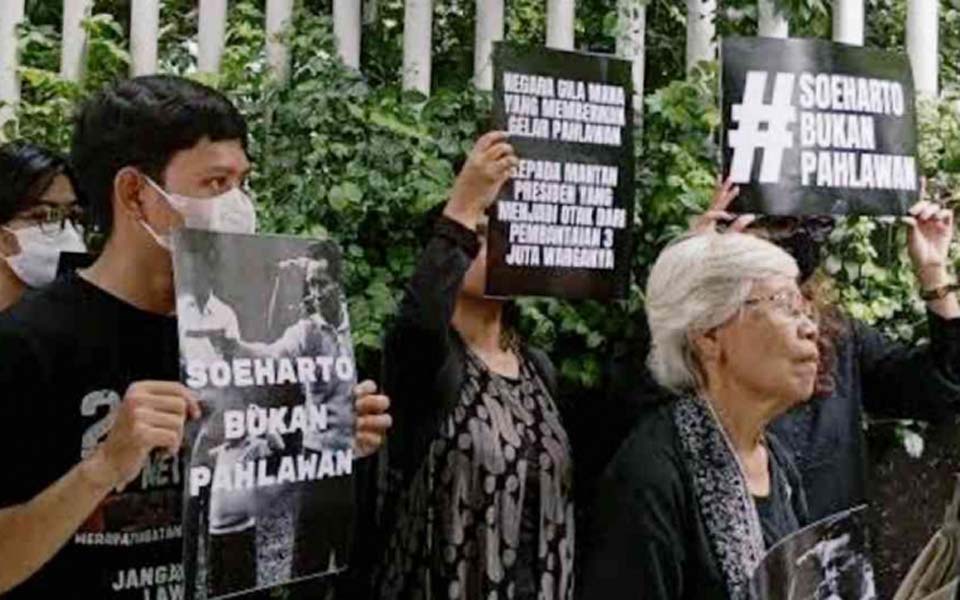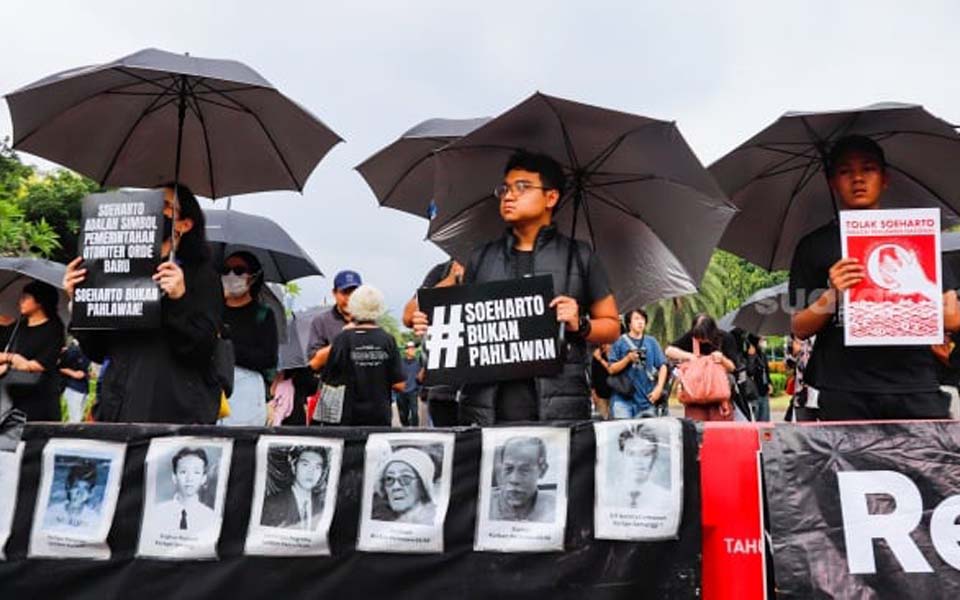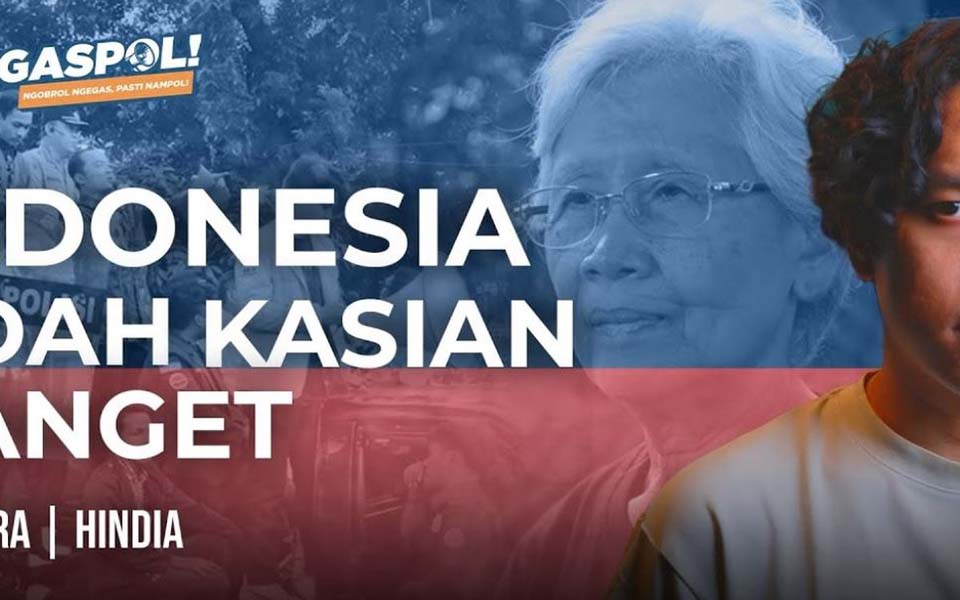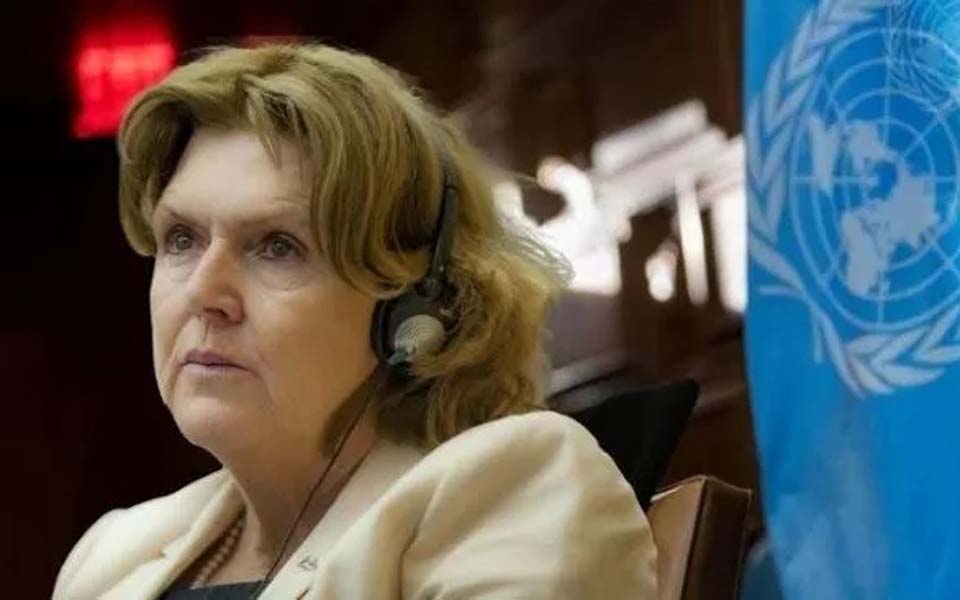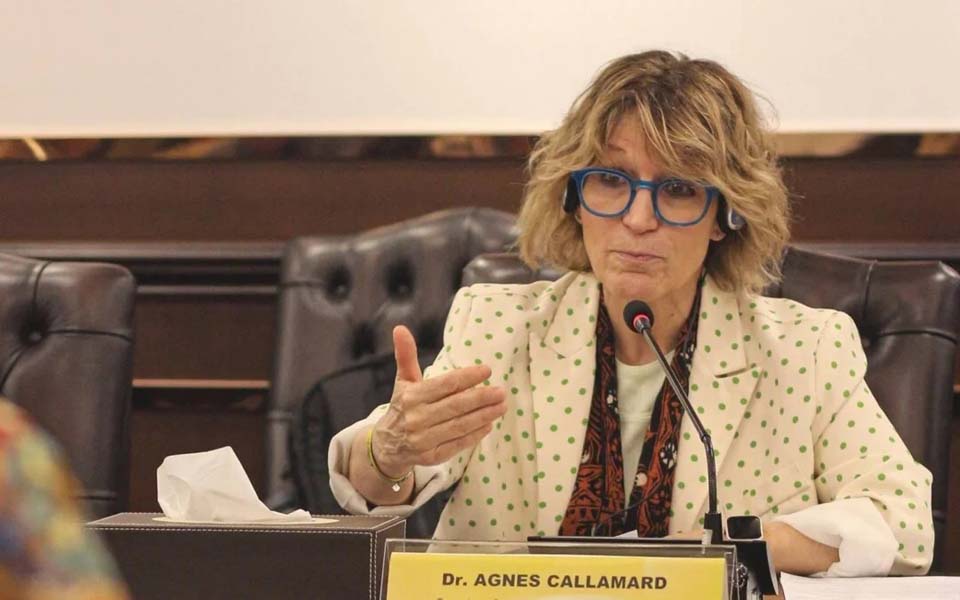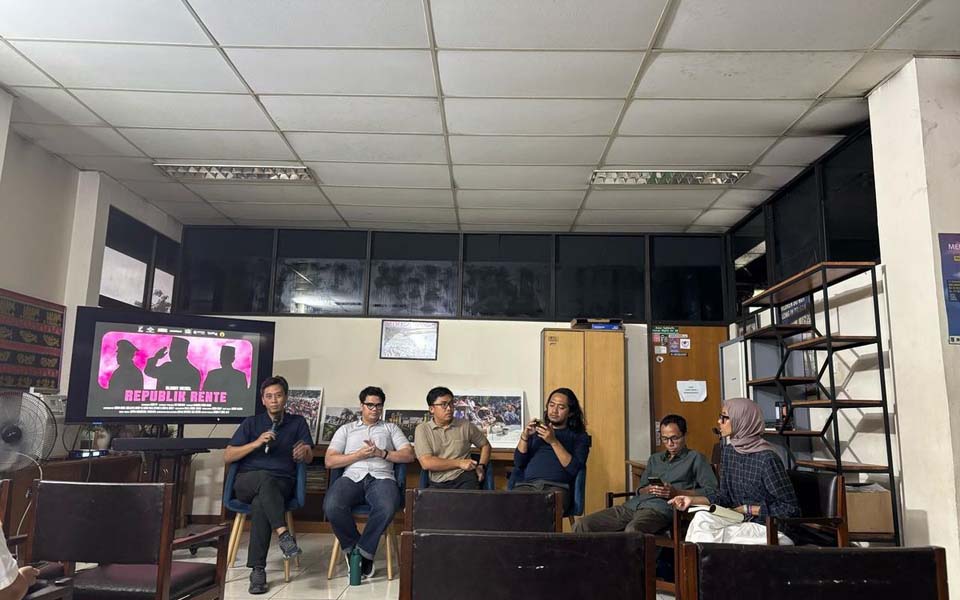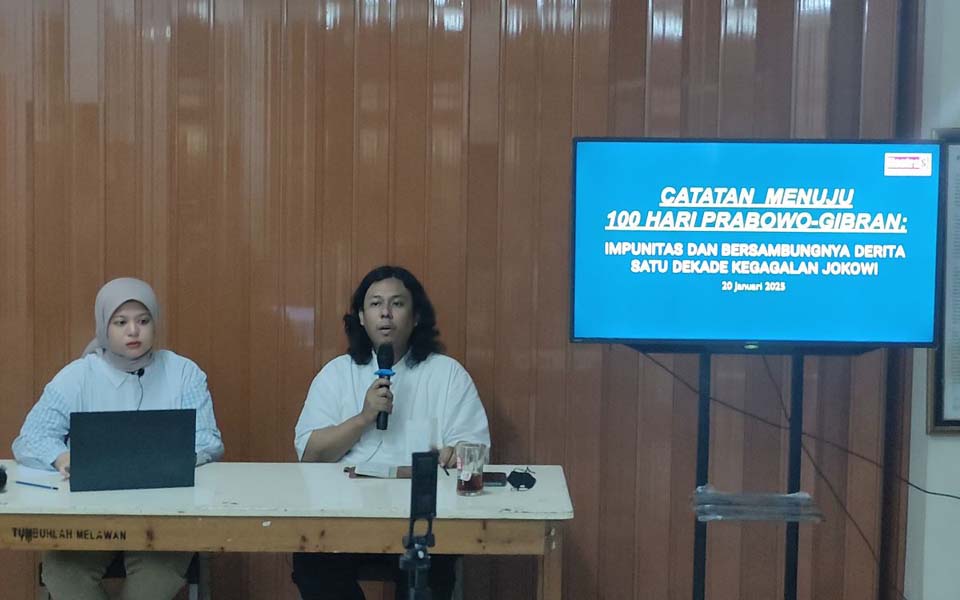Jakarta – The Talangsari incident in Lampung regency in February 1989 is threatened with the same fate as other cases of gross human rights violations. Although it has yet to receive the results of the investigation by the National Human Rights Commission (Komnas HAM) for the Talangsari incident, the Attorney General’s Office has stated that it cannot investigate the case.
Deputy Attorney General for Special Crimes Marwan Effendy says that they will study the investigation dossier from Komnas HAM. “However, we are restrained by the fact that an ad hoc Human Rights Court does not yet exist”, he said when speaking at the AGO on Wednesday September 10.
Komnas HAM has designated the 1989 Talangsari incident as a case of gross human rights violations. From the results of the investigation, a number of indications of gross human rights violations were found, such as murder, forced eviction, deprivation of liberty of persons, torture and mistreatment that were carried out systematically and extensively.
The results of the investigation note that 130 people were murdered and 77 evicted. Fifty-three people were deprived of their liberty, 45 tortured and 229 mistreated (Kompas, 10/9).
According to Effendy, an ad hoc Human Rights Court is necessary before a police investigation can be undertaken, including among other things in order to issue consent to conduct searches, seizures and arrest persons. In addition to this, the results of the Komnas HAM investigation must be comprehensive and clear.
Is there no way for the AGO to investigate cases of gross human rights violations without waiting for the formation of an ad hoc Human Rights Court? “For us, there isn’t any problem. If there is an ad hoc Human Rights Court, the investigation will proceed,” said Effendy.
The head of the AGO’s Legal Information Centre, Bonaventura Daulat Nainggolan explained that for incidents that occurred prior to Law Number 26/2000 on a Human Rights Court came into force, gross human rights violations can by tried by an ad hoc Human Rights Court. This ad hoc Human Rights Court is formed by the president on the recommendation of the House of Representatives.
On March 31 this year, the AGO returned four investigation dossiers resulting from investigations into human rights violations by Komnas HAM. The four dossers were the Wamena-Wasior case, the shooting of Trisakti University students and the Semanggi 1 and Semanggi 2 cases along with the May 1998 riots case and the forced disappearance of persons. The for investigation dossiers were returned, because among other things, they are still waiting for an ad hoc Human Rights Court to be formed.
Government breakthrough needed
Speaking separately, former Komnas HAM member Asmara Nababan confirmed the firm stand being taken by the Komnas HAM commissioner in handling the Talangsari case. Komnas HAM however can only conduct an investigation, the AGO has to carry out the police investigation and prosecution.
This is entirely in accordance with Law Number 26/2000 on a Human Rights Court. This being the case explained Nababan, hope for a breakthrough occurring can only be expected to come from the government.
“It could be, for example, that Komnas HAM takes the Talangsari case to the international community. A step like this however would simply be an extra-legal effort and limited to advocacy. Moreover the international court would also be unable to try the Talangsari case”, said Nababan.
According to Nababan, over the last six years many cases of gross human rights violations have failed at the AGO and their resolution remains unclear. Yet previously, the Tanjung Priok and East Timor case were able to proceed to the point of hearings in an ad hoc Human Rights Court.
This situation, said Nababan, occurred because the administration of former President Abdurrahman Wahid at the time had a genuine conviction and political will to resolve these cases of human rights violations. This did not occur during the administration of former President Megawati Sukarnoputri and now under President Susilo Bambang Yudhoyono.
Nababan also question a statement by Defense Minister Juwono Sudarsono, who said that what was done by the government in Talangsari at the time was aimed at crushing a specific group that was rebelling against the legitimate government. “The statement was extremely naïve and misleading. If it was rebellion, why didn’t they just arrest the perpetrators and take them to court”, he said.
The coordinator of the Commission for Missing Persons and Victims of Violence (Kontras), Usman Hamid believes that Sudarsono’s comments could weaken the determination of victims of human rights violations to seek justice. (idr/dwa/jos)
Notes:
The Talangsari incident revolves around a dawn attack by a battalion of army soldiers on the village in Lampung regency on February 7, 1989, which was believed to be home to a group accused of attempting to establish an Indonesian Islamic state. On 12 September 1984, dozens of people were killed and injured when troops fired on Muslim demonstrators in the port district of Tanjung Priok, North Jakarta. In May 1998, security personnel shot into a crowd of student protesters from the Trisakti University near their campus in West Jakarta, killing four students and injuring several. This proved to be the spark which set-off three days of mass demonstrations and rioting in Jakarta. The Semanggi I and II cases involved the fatal shooting of dozens of student demonstrators in Jakarta in November 1998 and September 1999 respectively.
[Translated by James Balowski. The original title of the report was “Talangsari cannot be investigated – Lack of ad hoc Human Rights Court the obstacle”.]






